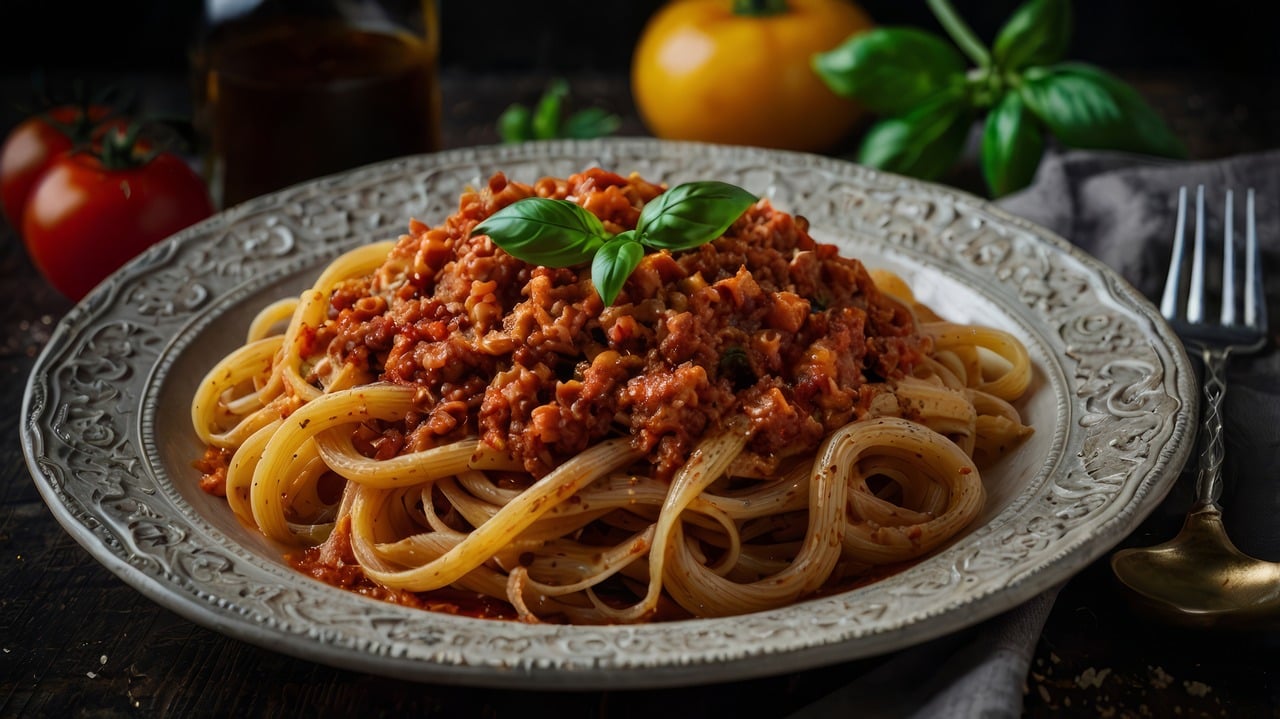Table of Contents
![]()
In the world of haute cuisine, certain ingredients command extraordinarily high prices, driven by factors such as rarity, labor-intensive production, and market demand. Understanding these costly ingredients not only provides insight into the luxury food market but also highlights the intricate processes that make these ingredients so valuable. This article explores the most expensive ingredients in cuisine, examining their unique characteristics, production methods, and the reasons behind their high cost.
Factors Affecting the Cost of Ingredients
Several factors contribute to the high cost of certain culinary ingredients:
- Rarity and Scarcity: Ingredients that are limited in geographic distribution or seasonal availability often come with a hefty price tag. Their scarcity makes them highly sought after, driving up their value.
- Production and Harvesting Costs: Some ingredients require labor-intensive harvesting or specialized techniques, increasing their overall cost. The effort and expertise needed for production play a crucial role in determining their price.
- Transportation and Storage: The fragility and perishability of certain ingredients necessitate careful transportation and storage, which can add significant costs. Import and export regulations can also impact the final price.
- Market Demand and Exclusivity: Ingredients that are considered luxurious or exclusive often command higher prices due to their status and the prestige associated with their use.
Categories of Expensive Ingredients
Truffles
Truffles are among the most coveted and expensive ingredients in cuisine. These fungi grow underground in symbiotic relationships with tree roots and are harvested with the help of specially trained dogs or pigs. The most prized varieties include the White Truffle (Tuber magnatum) and Black Truffle (Tuber melanosporum). White truffles, found mainly in the Piedmont region of Italy, can reach prices upwards of $3,000 per pound. Black truffles, though somewhat less expensive, are still highly valued, with prices typically ranging from $800 to $1,200 per pound.
The cost of truffles is influenced by their rarity, the difficulty of harvesting, and the short season during which they are available. Additionally, truffle cultivation is challenging, and attempts to farm them have met with varying degrees of success.
Saffron
Saffron, derived from the dried stigmas of the Crocus sativus flower, is the most expensive spice by weight. Each flower produces only three red stigmas, and harvesting requires delicate hand-picking, which contributes to its high cost. The most sought-after saffron comes from Iran and Spain, with prices reaching up to $5,000 per pound.
The high cost is due to the extensive labor involved in harvesting, the large number of flowers required to produce a small quantity of saffron, and the flower’s limited growing regions.
Caviar
Caviar, the salted roe of sturgeon, is a luxurious ingredient with a steep price tag. The most prestigious types of caviar include Beluga, Osetra, and Sevruga. Beluga caviar, known for its large eggs and delicate flavor, can cost up to $10,000 per pound. Osetra and Sevruga caviar, while less expensive, still command significant prices, ranging from $2,000 to $5,000 per pound.
The high cost of caviar is attributed to the lengthy and complex process of sturgeon farming and egg extraction, as well as the conservation concerns surrounding sturgeon populations, which impact supply.
Wagyu Beef
Wagyu beef, particularly Kobe beef, is renowned for its exceptional marbling and tenderness. Originating from Japan, Wagyu cattle are raised with meticulous care, including a specialized diet and massage to enhance meat quality. Kobe beef, a specific type of Wagyu, can cost between $300 and $500 per pound.
The price reflects the rigorous breeding and feeding practices, the limited number of certified Kobe beef producers, and the exclusivity of the product. Wagyu beef is also known for its rich flavor and melt-in-your-mouth texture, further justifying its high cost.
Vanilla
Vanilla is another ingredient with a high price due to its complex cultivation process. The vanilla orchid, which produces vanilla beans, requires specific growing conditions and manual pollination. After harvest, the beans must undergo a lengthy curing process. Madagascar is the primary source of high-quality vanilla, and prices can reach $600 per pound.
Vanilla’s high cost is driven by the labor-intensive production process, climatic conditions needed for growth, and recent market fluctuations influenced by supply and demand dynamics.
Gold and Edible Gold
Gold has found its way into the culinary world as an extravagant ingredient used to garnish dishes and desserts. Edible gold is typically used in very small quantities and can cost over $100 per gram. It is used in luxury dishes and high-end pastries to add a touch of opulence.
The cost of edible gold is driven by the high price of gold itself and the meticulous process required to create gold leaf or flakes suitable for consumption. Although it adds no flavor, its visual appeal and association with luxury make it a popular choice for upscale dining.
Examples of High-Cost Dishes
Many high-end restaurants feature dishes that incorporate these expensive ingredients. For example:
- Truffle-infused Pasta: A simple pasta dish elevated with shaved white or black truffles.
- Saffron Risotto: A creamy risotto colored and flavored with saffron threads.
- Wagyu Beef Steak: A perfectly marbled Wagyu steak, often served with minimal seasoning to highlight the meat’s flavor.
- Caviar-topped Canapés: Elegant canapés garnished with a dollop of premium caviar.
These dishes are not only a showcase of luxury ingredients but also a reflection of culinary trends in fine dining, where the use of high-cost ingredients is associated with exclusivity and refined taste.
Economic and Cultural Implications
The use of expensive ingredients in cuisine has significant economic and cultural implications. High-cost ingredients drive the luxury food market and influence dining trends. Their exclusivity often symbolizes status and prestige, making them desirable for those seeking to experience the pinnacle of fine dining.
Economically, the production of these ingredients supports specialized agricultural and culinary sectors, though it also raises questions about sustainability and ethical practices. For instance, the overfishing of sturgeon for caviar and the environmental impact of vanilla cultivation are pressing concerns that affect both the market and the environment.
Conclusion
Expensive ingredients in cuisine represent a fascinating intersection of rarity, labor, and luxury. From truffles and saffron to Wagyu beef and caviar, these ingredients not only enhance the dining experience but also reflect broader economic and cultural trends. As the culinary world continues to evolve, the dynamics of luxury ingredients will likely shift, influenced by changes in supply, demand, and ethical considerations. Understanding these factors provides a deeper appreciation of the complexities behind high-cost ingredients and their role in the world of fine dining.
Share This





Be the first to comment